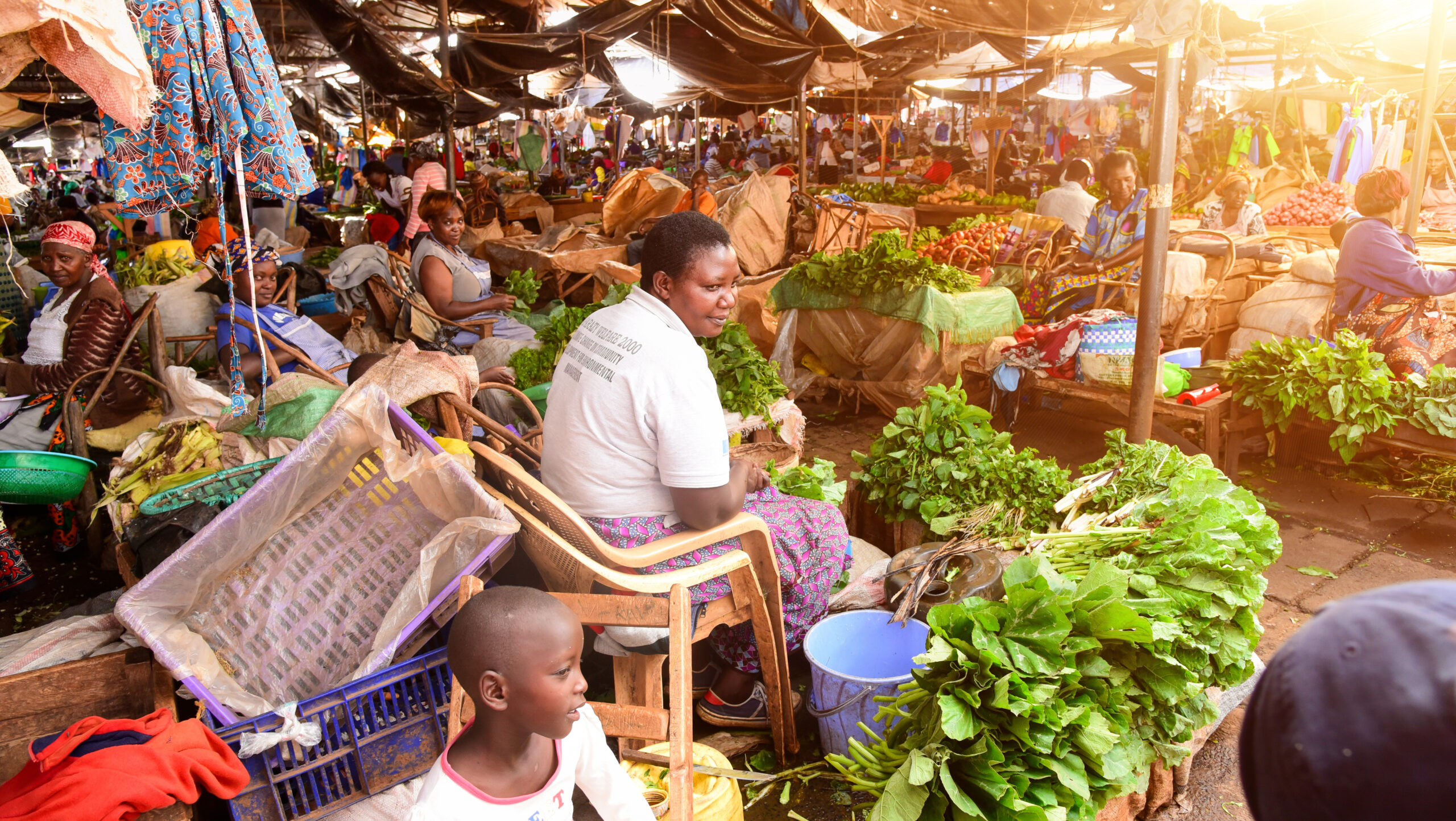Chiara Kovarik is a Senior Research Assistant in IFPRI’s Poverty Health and Nutrition Division
Today, on World Population Day, IFPRI recognizes that the world’s growing population—which reached 7 billion in 2011—has a powerful impact on development. The stresses caused by a growing global population, along with rising incomes, rapid urbanization, and changing demographics, are affecting the global supply and demand for food and natural resources.
One important way to respond to these challenges is to focus on the next generation, and in particular, adolescent girls. As UN Secretary-General Ban Ki-Moon stated, “When we devote attention and resources to the education, health, and wellbeing of adolescent girls, they will become an even greater force for positive change in society that will have an impact for generations to come.”
This year, World Population Day focuses on adolescent pregnancy. Teen pregnancy is very common in the developing world. According to the United Nations Population Fund, 19 out of 100 girls in developing countries give birth by age 18, and out of these, three are age 15 or younger. In developing countries, this often happens within the context of marriage, which on average occurs at a much younger age.
Premature marriage can have detrimental social and physical effects. Delaying marriage until a time when girls have reached physical and emotional maturity can result in better outcomes both for girls and their children. If girls have the time and opportunity to build up their own stores of assets, whether financial capital (savings or credit), human capital (education, nutritional status, or health) or other types of assets, they are more likely to be empowered. A forthcoming review of women’s empowerment and nutrition by IFPRI Research Analyst Mara van den Bold emphasizes that age at first marriage, along with differences in age or education levels between spouses, can be one of many ways to indirectly measure women’s empowerment, with an earlier age at marriage and larger differences between age and education levels of spouses connoting greater disempowerment.
Future generations can also benefit when pregnancy is delayed. Teen moms may not have reached physical maturity, may have at-risk pregnancies, and could be unable to provide their children with the necessary health and nutrition inputs, especially during the critical first 1000 days. Conversely, IFPRI research by Senior Research Fellow Agnes Quisumbingand former Research Fellow Lisa Smith shows that women’s empowerment can result in positive nutritional, health, and educational outcomes for children
In an Issue Paper written for the UK Department for International Development and Girl Hub, Quisumbing and Senior Research Assistant Chiara Kovarik highlight some interventions that work to delay child marriage and adolescent pregnancy. Some programs target families of girls to educate them about the harms of child marriage and to encourage them to delay marriage until they have graduated from high school. Some are working to improve land inheritance rights for daughters, so that families are less likely to marry off their girls at an early age. Other programs target girls directly through HIV and pregnancy education programs, as well as skills-training and savings programs, giving them opportunities to generate income and start careers of their own. These kinds of projects are making a difference on the physical, mental, and social well-being of girls around the world.
Here are a few model projects:
- In Ethiopia, the Population Council’s Berhane Hewan project offered small incentives to families each year so that they kept their daughters in school, as well as awarded the family with a goat upon the girl’s graduation. They also offered mentoring and information on family planning to girls that were already married, in order to prevent isolation and unwanted pregnancy.
- In India, the Apni Beti Apna Dhan project not only encourages families to have girls by providing a monetary gift to mothers who bear girl children, but also rewards the girl if she remains unmarried until age 18, and provides bonuses upon completion of different grades in school.
These initiatives, along with research by IFPRI, continue to contribute to the evidence base about what can improve the lives of women and girls. IFPRI’s ongoing research projects and tools, such as the Gender and Assets Research Program and the groundbreaking Women’s Empowerment in Agriculture Index are just two examples. As Secretary General Moon said, if we want to make a long-lasting difference, we need to focus on the next generation, and doing so means focusing resources on women and girls today.
Related Links
- IFPRI’s Gender Topic Page
- IFPRI’s GAAP project site offers more information on gender and assets
- IFPRI World Population Day Photolog







